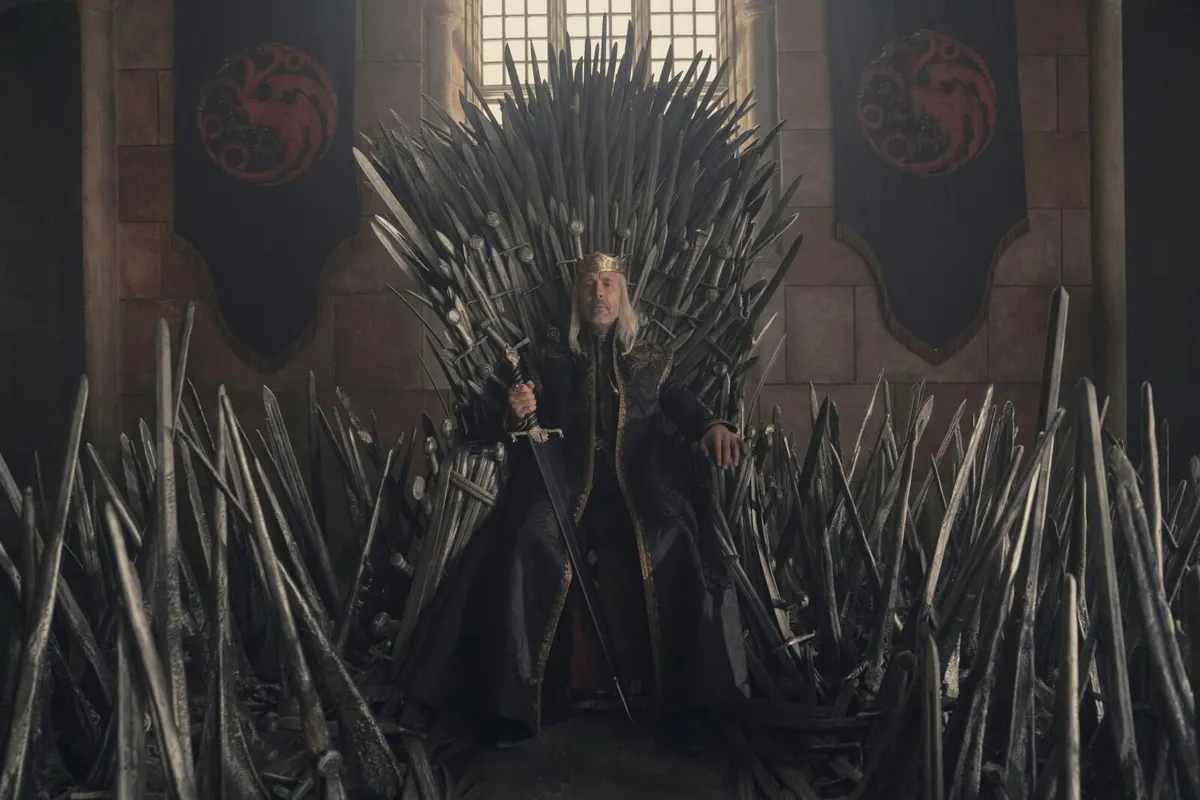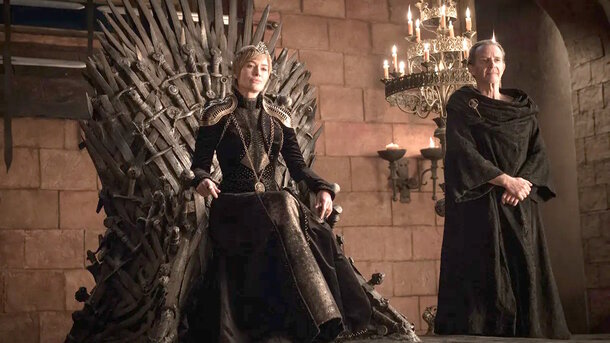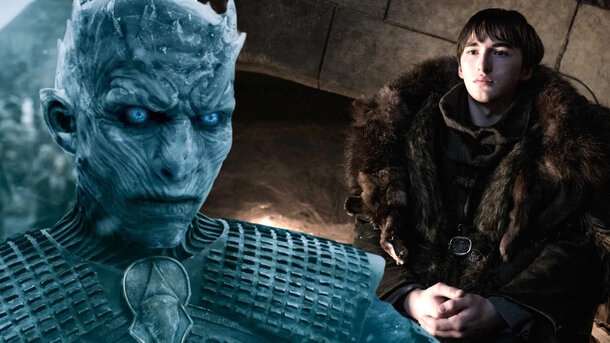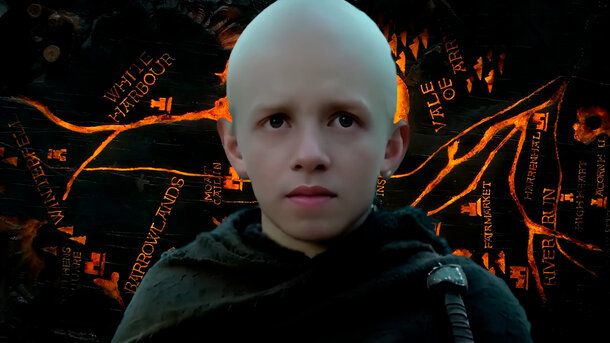Over its existence, Game of Thrones has become a global cultural phenomenon, and the Iron Throne, for which the struggle for possession never ceases, has turned into one of the most recognizable — and intimidating — props on modern television. However, the Iron Throne itself and it's own story remain a mystery for the show's fans — and to uncover it, one must turn to the books of George Martin.
The Iron Throne owes its existence to bloody events
The history of this undisputed symbol of power in Westeros is linked to the name Aegon I Targaryen, who later earned the nickname the Conqueror — though he conquered new lands only through fire, bloodshed, and the slaughter of swords. Aegon ordered the Iron Throne to be made from the weapons of his fallen or surrendered foes; the dragon of King Balerion melted the swords with it's fiery breath, and the smiths constructed the throne from them. According to legend, a thousand swords were used to fulfill the royal command, although most would agree that the Iron Throne is likely made from around 200 weapons.

The Iron Throne Causes Pain to It's "Owners"—Literally
However, Aegon's main idea was that the throne should not be a place of rest, but a symbol of all the conquests that the king could boast about. For instance, even in Game of Thrones and House of the Dragon, it is evident that the Iron Throne poses a real danger to kings and queens—the weapons seem to be inserted into the throne with their blades facing up, and the rulers have repeatedly injured themselves during the ceremonial events held in the throne room. What’s even more interesting is that the Iron Throne seems to bestow power upon itself, "punishing" kings for their misguided decisions—for example, in House of the Dragon, King Viserys receives a cut precisely when he banishes his brother Daemon from King's Landing in the first season of the series.










